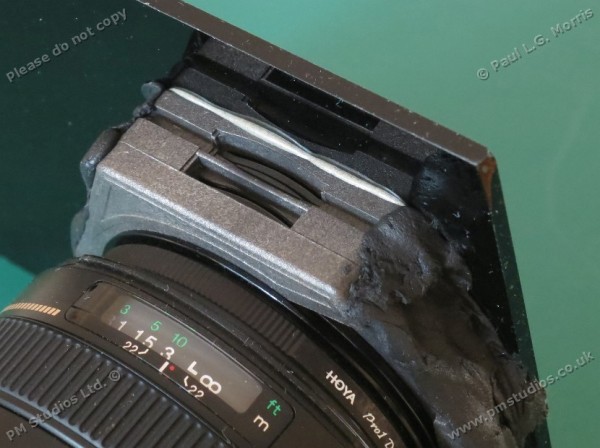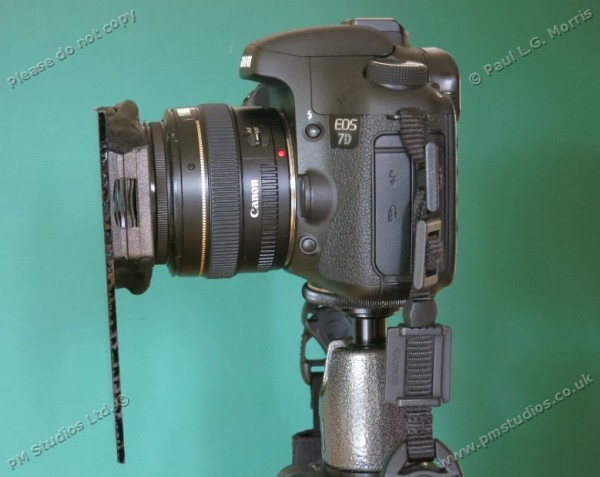Welding glass makes for a cheap, dense, ‘big stopper’ type filter. Unfortunately, it gives a deep green cast to the image:
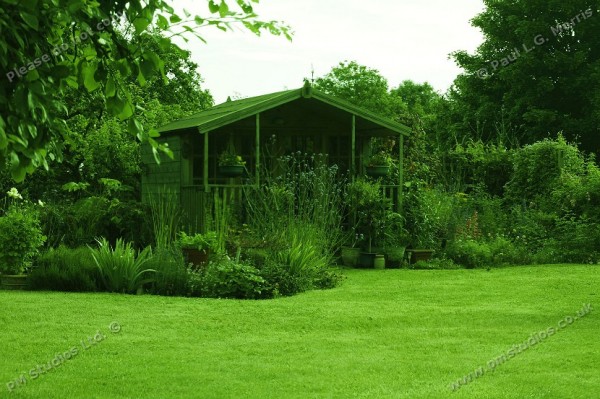 I have experimented with this and managed to remove a lot of the green cast by adjusting the raw image with the raw image converter and exporting the resultant image (in this version as a jpg file – I have also tried tiff files):
I have experimented with this and managed to remove a lot of the green cast by adjusting the raw image with the raw image converter and exporting the resultant image (in this version as a jpg file – I have also tried tiff files):
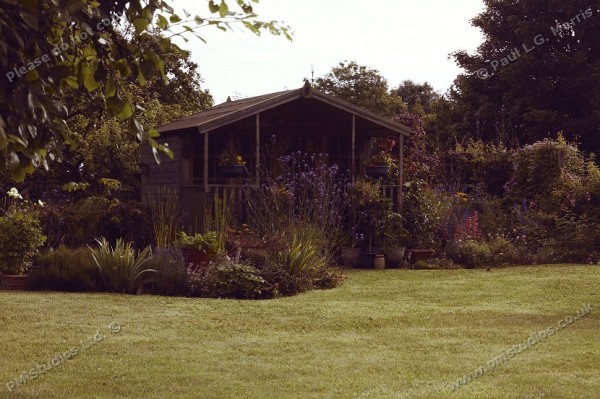 As you can see, most of the green cast has gone, along with most of the blue sky. However, I took a 3-exposure HDR set and got the following result using as input the 3 processed raw files which were exported as jpg files:
As you can see, most of the green cast has gone, along with most of the blue sky. However, I took a 3-exposure HDR set and got the following result using as input the 3 processed raw files which were exported as jpg files:
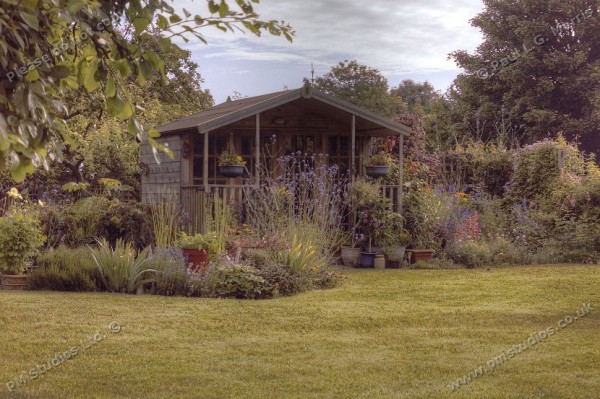 This is beginning to look like a more natural image, but it could do with a bit of tweaking:
This is beginning to look like a more natural image, but it could do with a bit of tweaking:
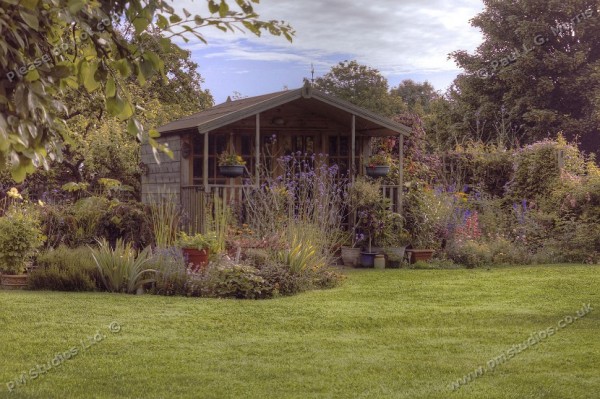 Here, I have managed to recover the blue sky and recoloured the green grass. Not a bad result considering the state of the original images.
Here, I have managed to recover the blue sky and recoloured the green grass. Not a bad result considering the state of the original images.
But what use is such a filter? I see two main uses:
- Smoothing out movement, typically water to give give an ethereal, misty surface.
- Eliminating moving objects such as traffic of people moving though the scene.
Now I have got the basics covered, I will give these a try.
Postscript:
How did I fix the welding glass to a lens? I didn’t want to risk cutting the glass so I attached it to an old Cokin filter holder:
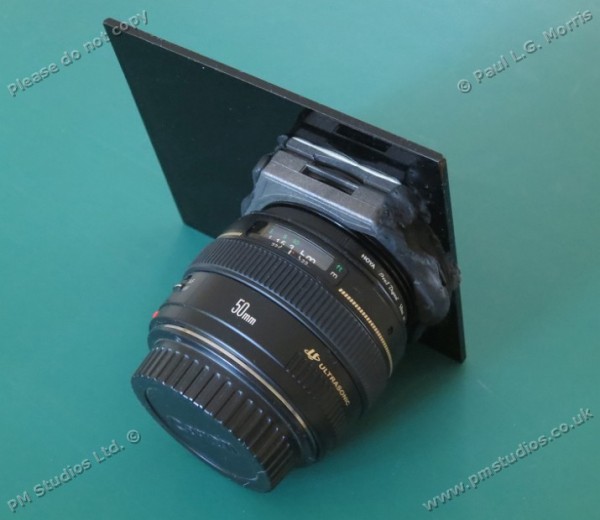 For this, I used ‘Chemical Metal’ as an adhesive to attach the filter to the front of the filter holder – this makes an almost permanent fixing. I then used black ‘Sugru’ (brilliant stuff!) to fill the gaps top and bottom to reduce the risk of glare from the sun – this is shown in close-up below:
For this, I used ‘Chemical Metal’ as an adhesive to attach the filter to the front of the filter holder – this makes an almost permanent fixing. I then used black ‘Sugru’ (brilliant stuff!) to fill the gaps top and bottom to reduce the risk of glare from the sun – this is shown in close-up below:

